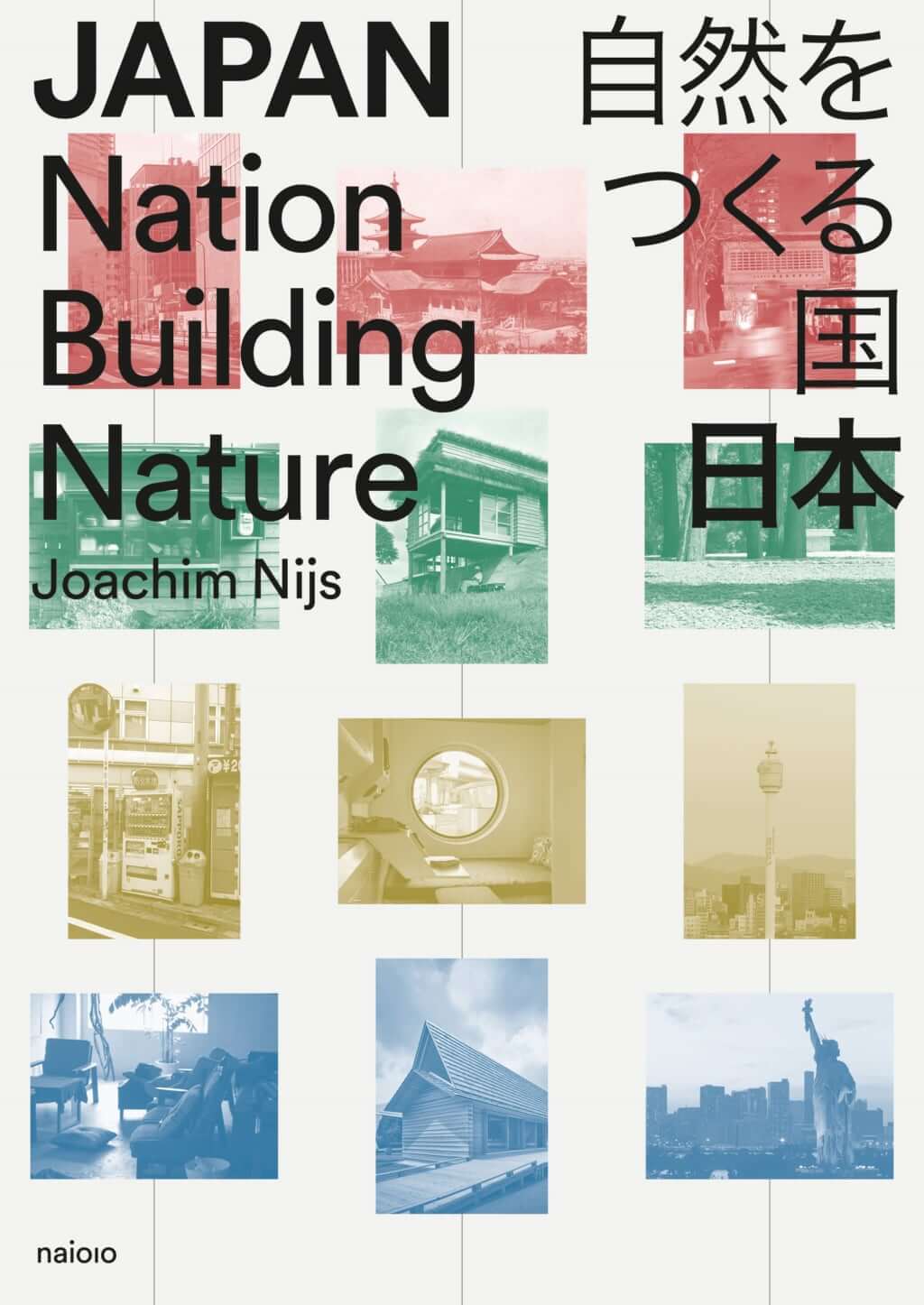When Nature Builds the City
In his book ‘Japan: Nation Building Nature’, Joachim Nijs examines the links that connect Japanese society to nature.

© NAI 010 éditions
The streets, cities, and residences often reflect the relationship that a society and its residents have with nature. In the case of Japan, this relationship can sometimes be hindered by the natural elements that are unleashed on the country, which is subjected to typhoons and earthquakes in particular.
Sacrificing nature
While studying architecture, a path that took him to Tokyo, Joachim Nijs—who is now based in the Japanese capital for work—began to examine the link that connects nature to Japanese society and explore what meaning the term ‘nature’ holds for the latter. As Augustin Berque underlined in his book Japan: Nature, Artifice and Japanese Culture, nature in Japan is often romanticised by foreigners in an interpretation tinged with Orientalism and far from the meaning it holds to the Japanese people. In Japanese cities, nature is not in fact so lush, and that is in cases where it has not simply been gradually sacrificed to clear spaces to construct new buildings to serve as homes, offices, or shops.
Through essays, photographs, historical case studies, and quotations from architects, scientists, philosophers, and even politicians, Joachim Nijs’ book Japan: Nation Building Nature explores how nature constructs the country’s modern architecture, and also how Japanese culture can shed new light on our understanding of nature and ecology.
Japan: Nation Building Nature (2020), a book by Joachim Nijs, is published by Nai 010.
TRENDING
-
A House from the Taisho Era Reveals Its Secrets
While visiting an abandoned building, Hamish Campbell discovered photographs the owner had taken of the place in the 1920s.

-
The Taboo-Breaking Erotica of Toshio Saeki
The master of the 1970s Japanese avant-garde reimagined his most iconic artworks for a limited box set with silkscreen artist Fumie Taniyama.

-
With Meisa Fujishiro, Tokyo's Nudes Stand Tall
In the series 'Sketches of Tokyo', the photographer revisits the genre by bringing it face to face with the capital's architecture.

-
Masahisa Fukase's Family Portraits
In his series ‘Family’, the photographer compiles surprising photos in which he questions death, the inescapable.

-
Hajime Sorayama's Futuristic Eroticism
The illustrator is the pioneer for a form of hyperrealism that combines sensuality and technology and depicts sexualised robots.





